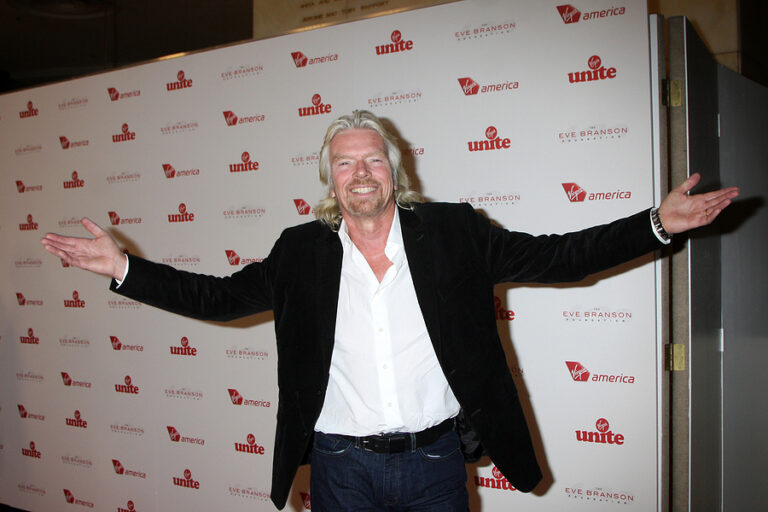Apple TV+ would launch to the general public in November of 2019, giving customers the chance to enjoy a brand new streaming service in the process. The top hitters of the business would all have a creative footprint in the endeavor. This included Apple CEO Tim Cook, Senior Creative Executive Michelle Lee, Head of Domestic Creative Development Matt Cherniss and Head of International Creative Devleopment Morgan Wandell.
More than half of American television viewers say that they were involved in streaming as of 2018, pointing to a new trend that diverted attention away from regular cable providers. With widespread access to online providers and smart television outlets, businesses like Apple understood that there were key commercial advantages for going down this path at this moment in time.
What gives a business like Apple TV+ the chance to succeed is that it is leveraging the Apple brand name and all of its affiliated products. Other developers like Hulu, Amazon, YouTube and Netflix don’t have that same luxury, giving them a global marketplace of shoppers who already buy their smartphone, their tablet, laptop, desktop and smart TV appliances. The business is worth in excess of $1.3 trillion, giving them the capital to innovate and experiment in this field.
Producing new exclusive content is where Apple TV+ is following a tried and trusted business formula. Television is a strong staple in this setting, allowing viewers to tune into an episode at their own convenience. Their lineup features The Morning Show, See, Defending Jacob, Truth Be Told, Mythic Quest: Raven’s Banquet, Central Park and Oprah’s Book Club among other shows. Some of the best Hollywood talent would be involved in these projects, featuring the likes of Chris Evans, Jason Momoa, Steve Carell, Jennifer Aniston and Reese Witherspoon.
Motion pictures have also been a point of focus for the business. Their catalogue would expand to include Hala, The Banker, Dads, The Elephant Queen, Beastie Boys Story, Killers of the Flower Moon and the 2020 Tom Hanks war film Greyhound.
A standout feature that makes Apple TV+ a big seller for the brand is the ability to enjoy cross-promotion. If there are viewers watching a program on their smartphone, they can see promotional spots for a movie they might want to see on their 4K television set. There is an increasing staple of content that gives the business a chance to push their catalogue across the Apple TV+ platform as well as their collection of digital products.
Customers have the chance to tap into the Apple TV+ dashboard through a range of devices. Streaming behaviors are different depending on the individual and rather than making one mode mandatory over another, there is the opportunity to see films and television titles on a handheld device or on a bigger screen in the family room.
Affordability is a key selling point that allows clients to view the Apple TV+ properties. For those who have purchased a new Apple phone plan, they have the chance to enjoy this service for 12 months free on selected plans. Others have the chance to signup and watch this content for a 7-day free trial before paying as little as $4.99 per month.
Customers won’t rush to sign up for Apple TV+ on a whim. This service has to match the high expectations that are set by the consumer base. With such a level of competition for streaming dollars, Tim Cook and his team have to be on the cutting edge of film and television development for the upcoming decade. Netflix might have started the online streaming service, but the likes of Apple and Amazon are building momentum with the commercial advantages incorporated within the package.












